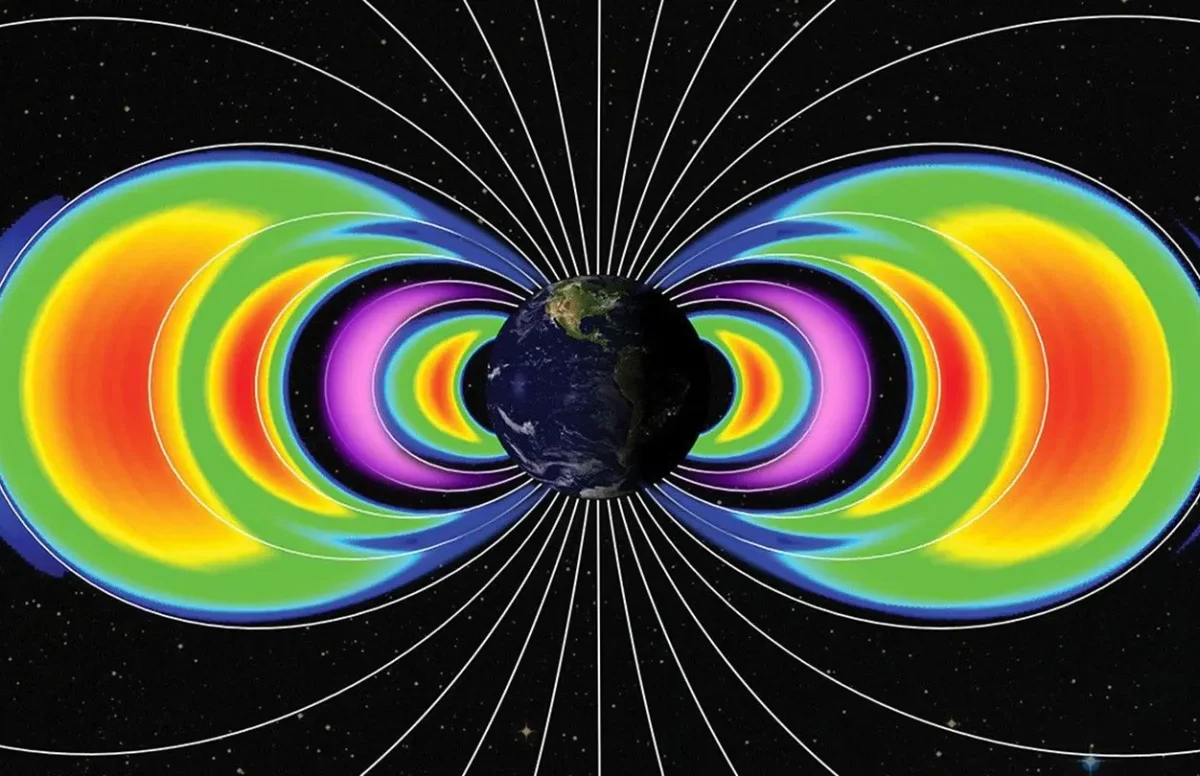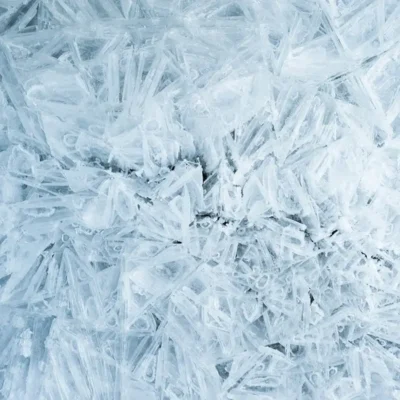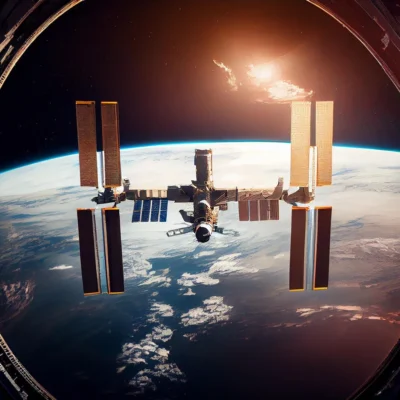A powerful solar storm on May 10, 2024, produced dazzling auroras visible as far south as Florida. However, it also had another unexpected effect: the creation of two temporary radiation belts around Earth. Researchers detailed this phenomenon in the February issue of JGR Space Physics.
Earth is typically surrounded by two permanent, toroidal radiation belts known as the Van Allen belts, where charged particles from the sun become trapped by the planet’s magnetic field. The inner belt extends from roughly 6,000 to 12,000 kilometers above Earth’s surface, while the outer belt ranges between 25,000 and 45,000 kilometers.
Between these two belts lies a region called the slot zone, which is usually devoid of radiation. However, in 2012, a solar storm caused a temporary third belt to appear in this area, lasting about four weeks.
In 2024, the solar storm led to the formation of similar radiation bands in the slot zone, but these proved to be unexpectedly long-lasting.
“These belts persisted for months until a subsequent, smaller storm disrupted them,” said Xinlin Li, a space scientist at the University of Colorado Boulder.
One of the newly formed belts, primarily composed of electrons, remained for approximately three months. The other, consisting mainly of protons, could endure for close to a year, Li explained.
In April 2023, Li and his team launched a small satellite to study the behavior and formation of the inner radiation belt. The satellite performed successfully for a year but mysteriously stopped transmitting in April 2024.
“We still don’t know exactly what caused it to shut down,” Li said. “It just went silent.”
When the solar storm occurred a month later, Li was disheartened. “People in Boulder were thrilled to see the auroras, but I didn’t care,” he admitted. “I just wished our satellite had been operational to capture it.”
Then, unexpectedly, the satellite resumed functioning in June, revealing clear evidence of the new radiation belts. “It was immediately obvious that something was different,” Li remarked.
These prolonged radiation belts pose potential risks for satellites and astronauts. Many spacecraft traveling to geostationary orbit pass through the slot zone and could be exposed to higher levels of charged particles than anticipated. According to Li, engineers may need to consider the possibility of additional radiation belts when designing future space missions.





